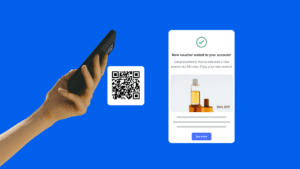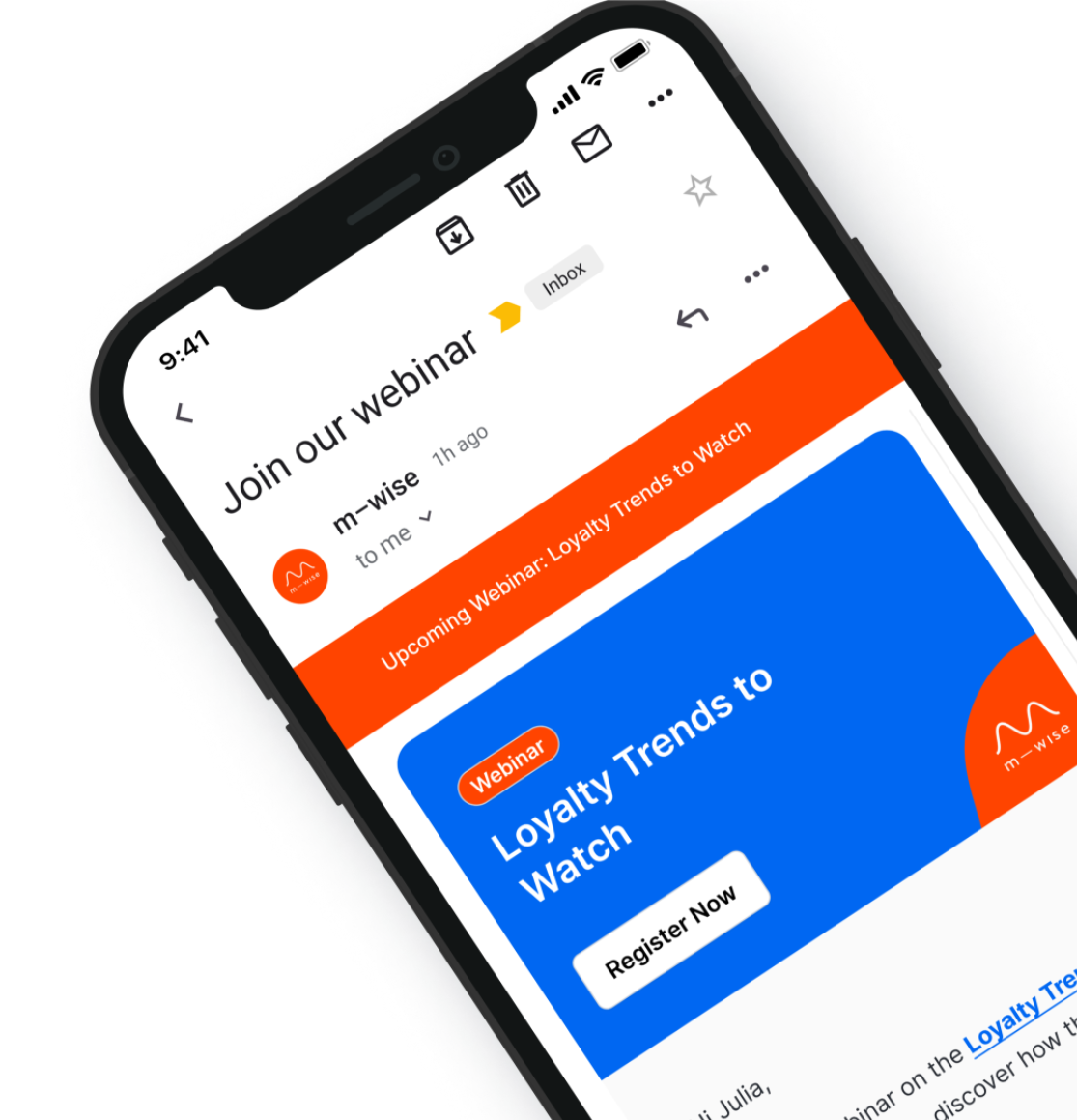
5 proven strategies to strengthen customer retention
Find out how to turn one-time buyers into loyal fans with powerful retention strategies that keep customers coming back and fuel long-term growth.
Beitrag lesen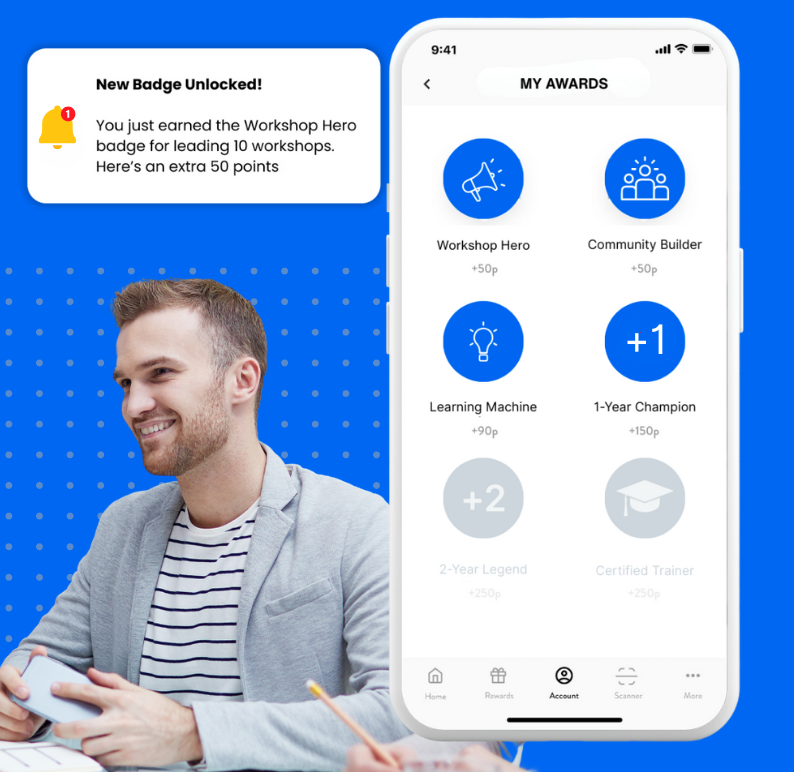
How to create an effective employee recognition program
Discover how to create an effective employee recognition program in 2025. Boost engagement, retention, and morale.
Beitrag lesen
m–wise is an International Loyalty Awards 2025 finalist
m–wise has been announced as a finalist for the prestigious International Loyalty Awards along with our client Velder, part of FrieslandCampina.
Beitrag lesen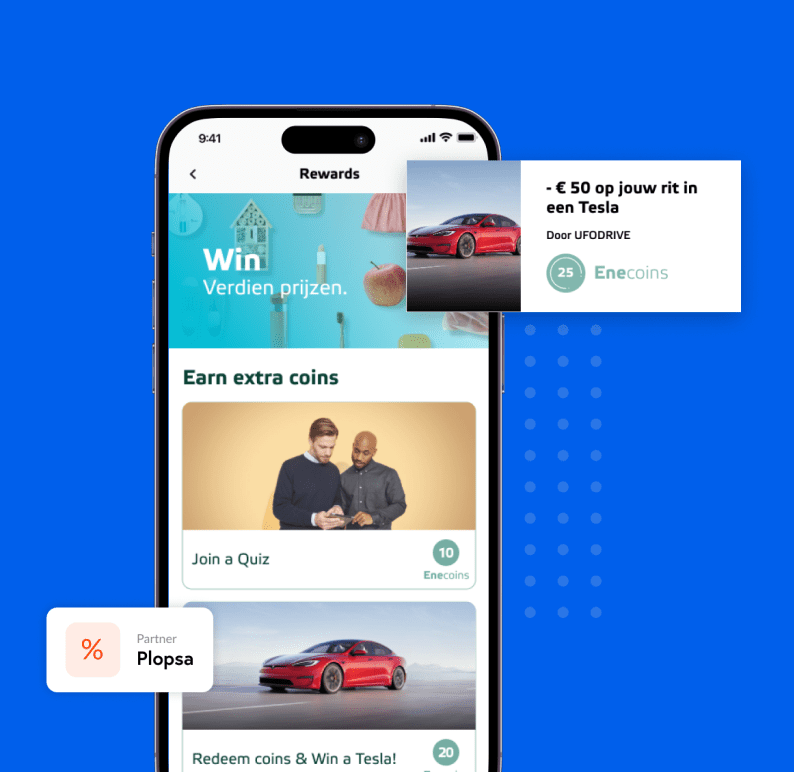
Guide to loyalty program benefits for B2B and B2C
A loyalty program can benefit your business in so many ways. Check out these 20 benefits of customer loyalty programs to find out more.
Beitrag lesen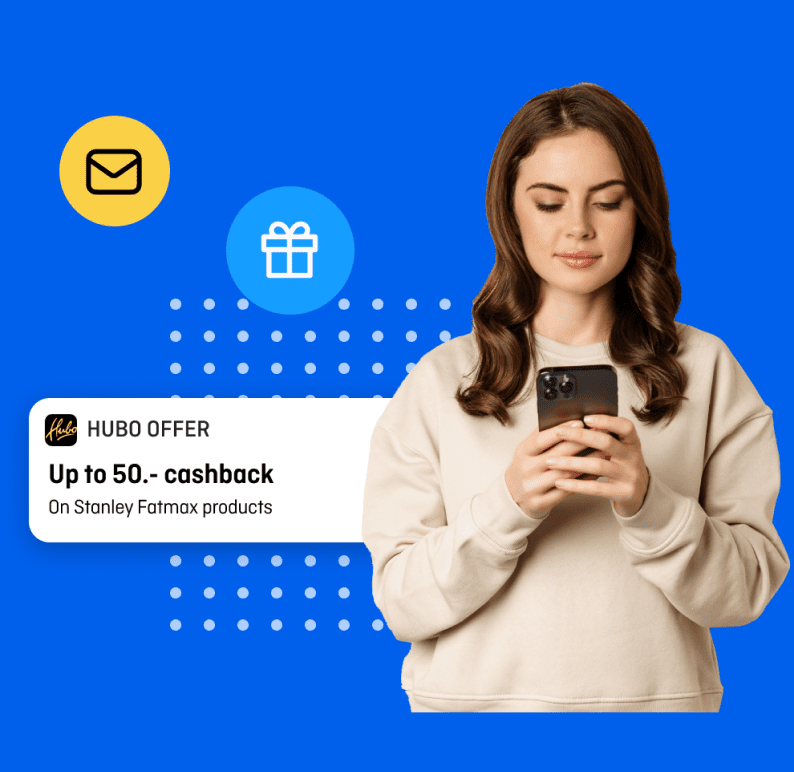
10 objectives for a successful loyalty program
Here are the 10 most important loyalty program objectives to use in your program. Learn what they are and how to develop your own.
Beitrag lesen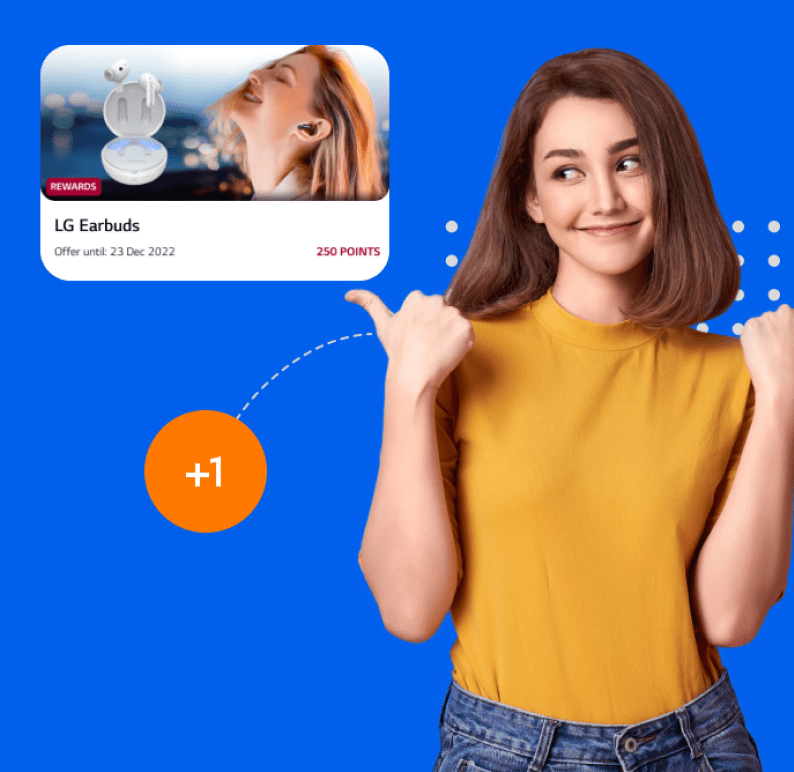
8 types of loyalty programs explained
Want to learn more about loyalty program types and find out which is right for your brand? We break down the eight most popular types here.
Beitrag lesen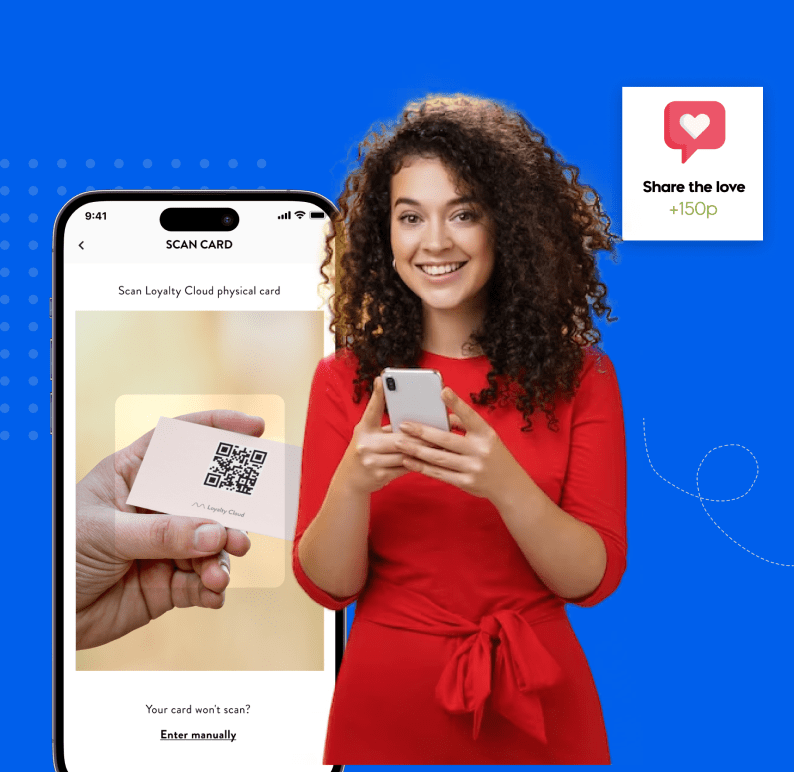
10 ways a loyalty app can benefit your business
A loyalty app can have a significant impact on your success. Here we're breaking down 10 ways a loyalty app can benefit your business.
Beitrag lesen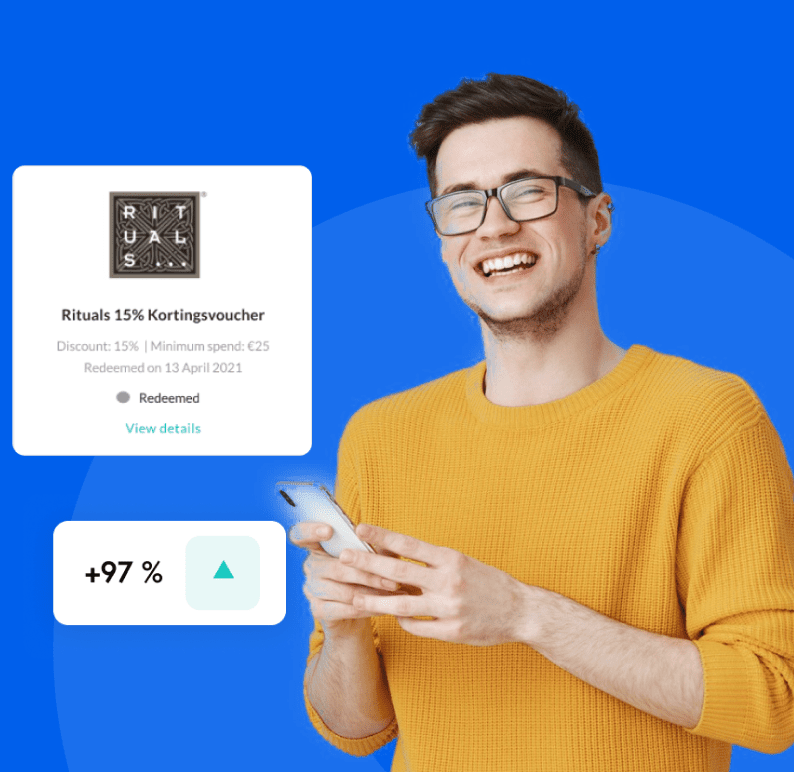
How to name your loyalty program for maximum impact
Your loyalty program's name is an important factor in its success. Find the right name for your loyalty program with our expert tips.
Beitrag lesen
The ultimate guide to loyalty program KPIs
Discover 10 vital loyalty KPIs that can supercharge your program. Get ready to reach new heights in loyalty with this ultimate guide.
Beitrag lesen

